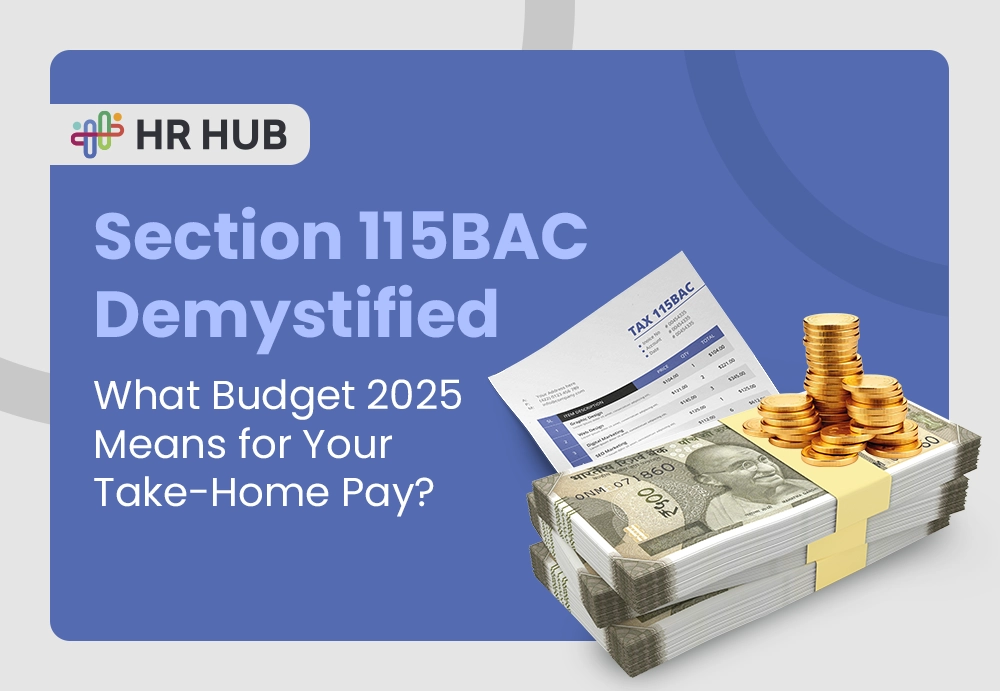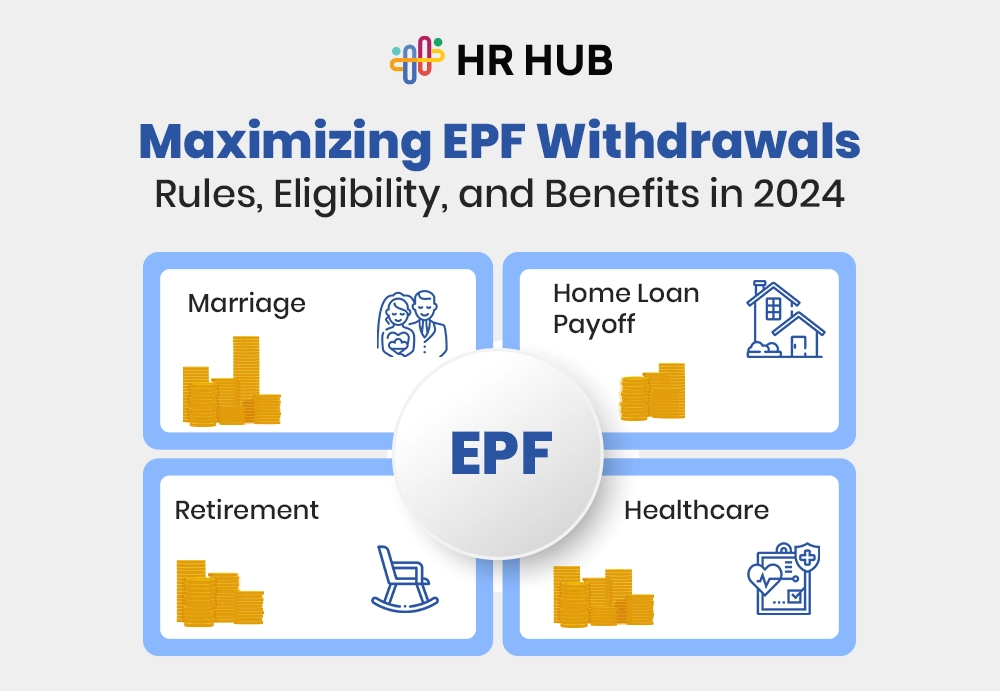Imagine this:
You’ve just hired a brilliant cloud engineer. They’re sharp, proactive, and already making waves in their first few months. Then, out of nowhere, you get the dreaded resignation email.
If you’re in tech, this isn’t just a bad dream—it’s an all-too-familiar reality. The competition for skilled talent is relentless, and replacing a great hire can cost far more than just recruiting fees. So, how do forward-thinking companies keep their stars from being poached by the next shiny offer?
The answer? Smart HR software—not just as an admin tool, but as your secret weapon for building loyalty, engagement, and growth from the inside out.
Why Retention Is Tech’s Real Battlefield
Let’s be real—salary isn’t the only deal-breaker anymore. In tech, employees walk away because:
- They’re burnt out from unrealistic delivery timelines.
- They see no clear career progression.
- They get tempting remote offers from across the globe.
- They feel like just another cog in the machine.
This is why the smartest tech companies aren’t just filling roles—they’re future-proofing their workforce by using HR software for IT businesses to transform the employee experience.

1. Spotting the Cracks Before They Widen
In high-paced tech teams, disengagement doesn’t happen overnight — it creeps in slowly, often unnoticed until it’s too late. Smart HR software acts like a diagnostic health check for your workforce, continuously scanning for subtle warning signs long before they explode into resignations.
With predictive analytics, engagement scoring, and trend mapping, these platforms can:
- Spot invisible patterns — such as reduced code commit frequency in a dev team, sudden drops in meeting participation, or declining contributions to collaborative documents.
- Identify role-based risks — for example, if junior backend developers tend to leave within their first 14 months, the system flags this as a recurring retention risk.
- Highlight sentiment dips — short, anonymous pulse surveys can reveal morale changes after policy updates, leadership shifts, or product pivots.
Extended example: A fast-growing SaaS firm realized its customer support team had the highest turnover in the company. HR analytics revealed that spikes in ticket volume coincided with drops in disengagement scores. Managers responded by hiring additional part-time agents during peak months, balancing workloads and improving retention by 28%.
The lesson? Prevention beats firefighting — and HR tech gives you the radar to act in time.
2. Personalizing the Employee Journey
In tech, employees expect an experience that feels tailored, not templated. A generic onboarding checklist doesn’t cut it for a machine learning engineer or a UI designer — their needs, tools, and expectations differ dramatically.
Smart HR platforms allow HR teams to craft a truly customized journey, right from the offer letter to career milestones:
- Role-specific onboarding ensures the very first login feels relevant. A developer might start with repo access and DevOps tool setup, while a designer might begin with Figma templates and brand guidelines.
- On-demand self-service portals empower employees to manage their leave balances, payroll slips, training enrolments, or benefits without waiting for HR approval queues.
- Adaptive recognition styles let managers appreciate people in ways that resonate — some love public praise in Slack channels, others value private career coaching sessions.
Why this matters: When employees feel their journey is designed for them, loyalty stops being a matter of contract and starts being a matter of connection.
3. Keeping Skills Future-Proof
In tech, yesterday’s expertise can quickly turn into today’s outdated skill. A data engineer who doesn’t keep up with evolving AI frameworks risks becoming irrelevant within a couple of years. That’s why continuous learning isn’t optional — it’s survival.
With integrated Learning Management Systems (LMS), smart HR software for IT businesses:
- Suggests role-specific learning paths — for instance, moving a backend developer from API integration basics to advanced microservices architecture.
- Tracks certifications and compliance training, making it easy for project leads to assemble skill-ready teams.
- Displays career maps so employees can see exactly how they can progress within the company — with clarity on the skills, training, and milestones needed.
Industry reality: Tech professionals often leave because they believe another employer will invest more in their growth. When your HR system makes professional development visible and accessible, you eliminate that perception and give them a reason to grow with you.
4. Flexibility Without Losing Structure
Post-pandemic, flexibility has become a baseline expectation in tech. But flexibility without structure can lead to missed deadlines, unclear accountability, and burnout.
Smart HR platforms bridge that gap by:
- Offering dynamic scheduling tools that align time zones, project demands, and personal preferences.
- Using automated time tracking that fairly logs hours worked, no matter where the employee is — be it an office desk or a remote workspace.
- Integrating with project management and collaboration tools (Jira, Trello, Slack, Teams) so hybrid teams remain aligned without endless catch-up calls.
The magic is in balance — employees get the freedom they want, while the organization maintains the structure it needs.
5. Recognition That Doesn’t Wait for Year-End
Recognition is a powerful motivator — but it loses most of its impact if it’s delayed until the annual appraisal. In a fast-moving tech environment, employees want to know today that their efforts matter.
Smart HR systems make recognition instant, relevant, and consistent:
- Kudos systems let peers or managers send quick thank-you notes or badges the moment great work happens.
- Gamified reward points can be redeemed for perks — such as conference tickets, online course credits, or extra paid leave.
- Customizable visibility means recognition can be shared company-wide or kept private, depending on the situation.
This constant stream of appreciation builds momentum and fosters a culture where hard work never goes unnoticed.
6. Feedback That Feeds Action
Collecting feedback is easy. Acting on it — and being seen to act on it — is where many companies fall short. Smart HR software for IT businesses ensures feedback isn’t just gathered, it’s leveraged.
Here’s how:
- Pulse surveys keep leadership updated on team sentiment in real time.
- Anonymous suggestion tools remove fear of backlash, encouraging honesty.
- AI-powered sentiment analysis identifies recurring themes so HR can prioritise the most pressing issues.
When employees witness tangible changes based on their input — whether it’s a new work-from-home policy or a restructured review process — they feel heard, respected, and valued.
7. Taking the Guesswork Out of Pay Transparency
In the age of public salary benchmarks, pay secrecy can create mistrust faster than any other factor. Transparency, when done right, reinforces fairness and equity.
Smart HR systems make this easy by:
- Benchmarking pay scales with live industry data ensures that offers and raises remain competitive.
- Automating salary adjustments based on measurable performance indicators, reducing unconscious bias.
- Displaying total compensation packages — including salary, bonuses, stock options, and benefits — in an employee’s dashboard.
This level of clarity removes speculation and gives employees confidence that their compensation is fair and aligned with their contribution.
8. Protecting Wellbeing in a 24/7 Industry
The tech world doesn’t sleep — but your employees need to. Without intentional focus on well-being, even top performers will burn out.
Smart HR software supports sustainable work cultures by:
- Monitoring overtime trends and automatically alerting managers to overworked employees.
- Integrating with wellness platforms that offer guided meditation, fitness challenges, or confidential counselling.
- Encouraging restorative leave by tracking usage and prompting managers when employees aren’t taking enough time off.
Because retention isn’t just about keeping people — it’s about keeping them healthy, happy, and motivated enough to keep contributing at their best.

Turning Retention from a Struggle into a Strength
The war for tech talent is real, and it’s not going away. But with the right tools, companies can shift from playing defense to playing offense.
That’s where HR HUB comes in. More than just an HR platform, HR HUB is a complete employee experience ecosystem — blending predictive analytics, personalized development plans, real-time recognition, and flexible work management into one powerful solution.
With HR HUB, retention stops being a constant firefight and starts becoming your competitive advantage. In an industry where your best people can be headhunted overnight, HR HUB gives you the insight, agility, and human touch to make them want to build their future with you.






